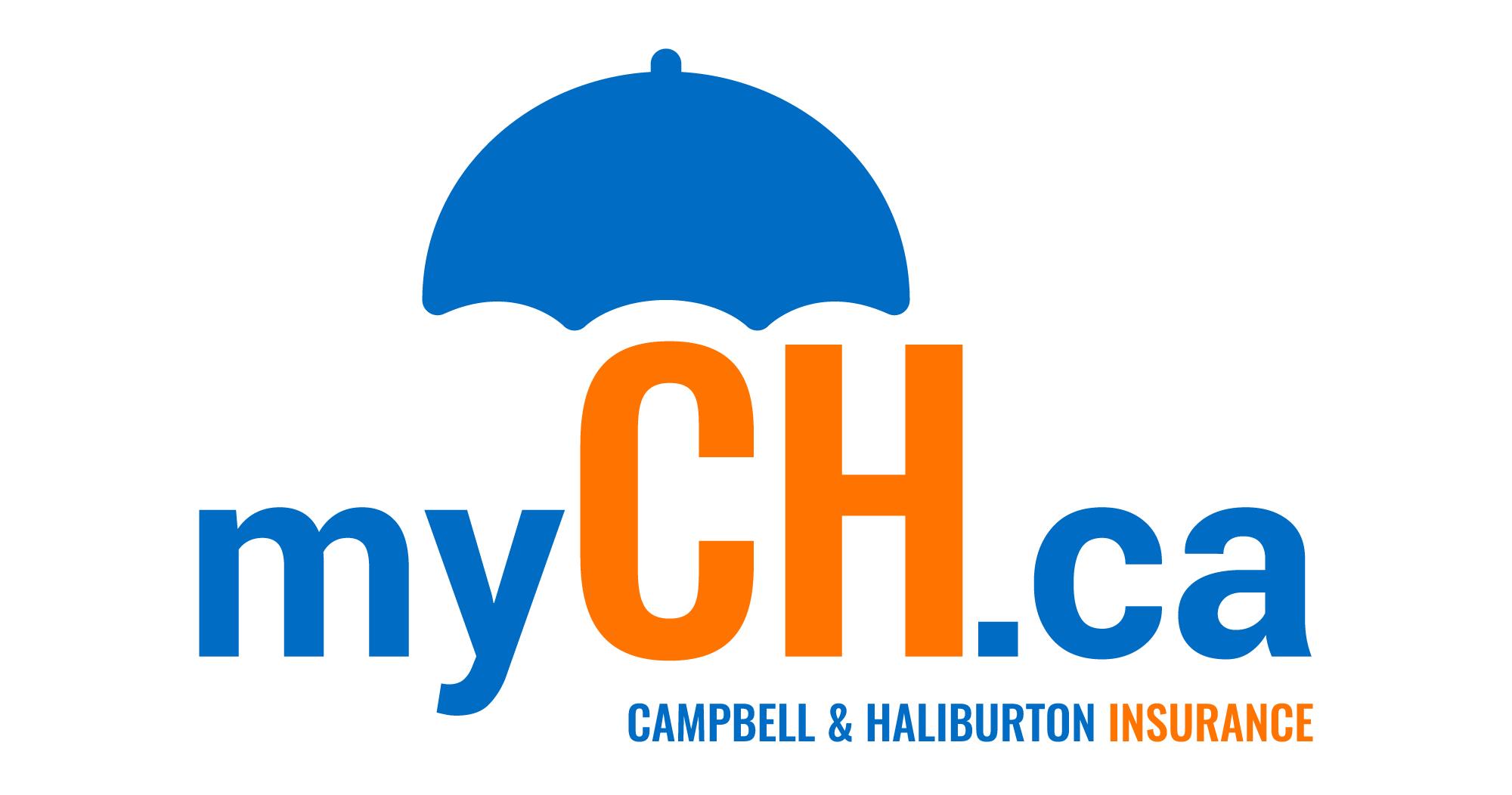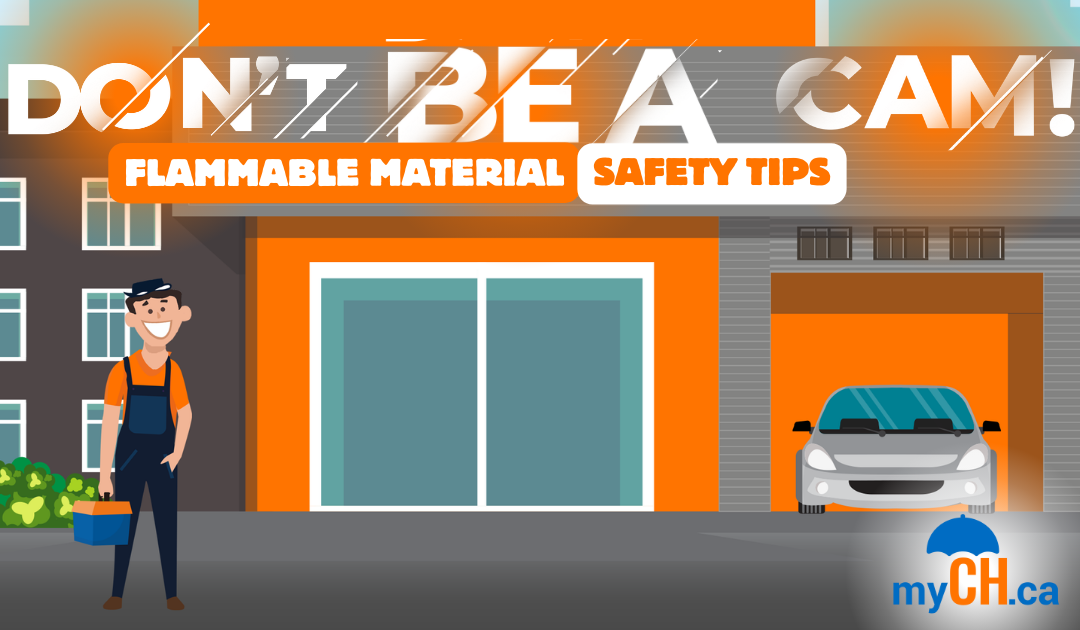Hey there, readers! Welcome back to another Campbell & Haliburton Insurance blog. This week, our mascot and main man, Cam, found himself in another predicament at his buddy Willard’s autobody shop. Unfortunately, Willard’s shop went up in flames. To ensure you don’t end up in a similar situation, we’ve got some crucial flammable material safety tips for you.
Flammable Material
The Canadian Centre for Occupational Health and Safety offers essential safety information on working with flammable or combustible materials.
Flammable liquids such as gasoline, turpentine, or acetone are easily ignited at normal temperatures with a flash point of under 37.8 degrees Celsius. The flash point is the lowest temperature at which a liquid gives off the volume of required vapours to form a flammable vapour/air mixture.
Combustible liquids such as diesel fuel or kerosene have a flash point under 37.8 degrees Celsius and do not catch fire as readily as a flammable substance. The flash point of a combustible liquid is above normal temperatures at 37.8 to 93.3 Celsius.
Ignition Sources
Common ignition sources include:
- Sparks
- Flames
- Friction
- Hot sources
Hidden ignition sources include:
- Static electricity
- Light switches
- Electrical devices (i.e. power tools)

How to Work Safely with Flammable or Combustible Liquids
Working safely with flammable or combustible liquids requires some important facts.
- Always consult the Material Safety Data Sheet (MSDS) for information on the hazards and precautions for whatever material is being used.
- Prevent the release of vapours and mists into the air.
- Use these liquids in well-ventilated areas.
- Keep containers closed and only use containers and dispensing equipment approved for use.
- Use the smallest amount of liquid required for the task.
- Clean up spills immediately and report any leaks, spills, or ventilation failures immediately to a supervisor.
- Keep the work area free of materials that can burn.
- Practice emergency procedures, and should an emergency occur, move people to a safe location and call for help.
- Never use heat containers containing flammable or combustible liquids, and do not use them for any purpose other than their intended use.
Always understand the requirements of working with hazardous materials and exercise extreme caution. We also recommend that you consult an expert in the use of flammable or combustible materials.

